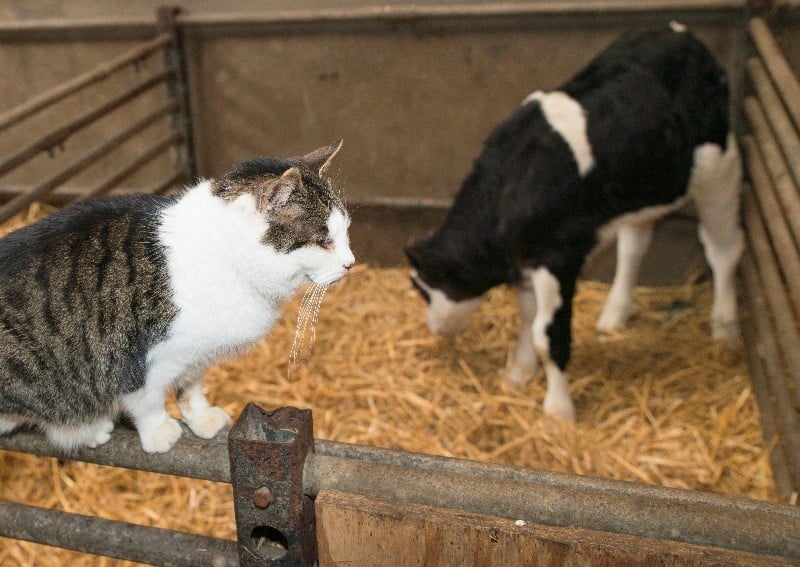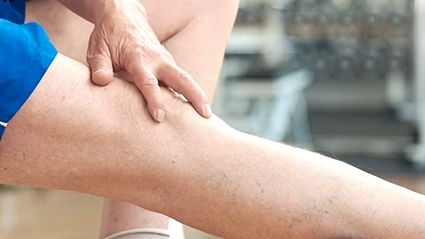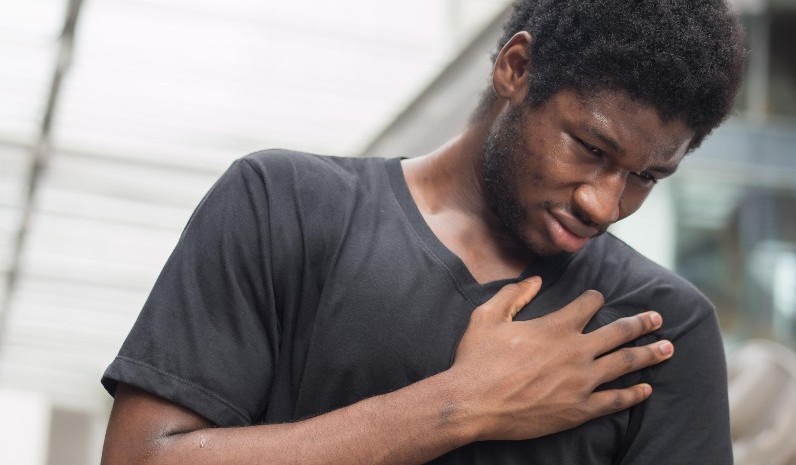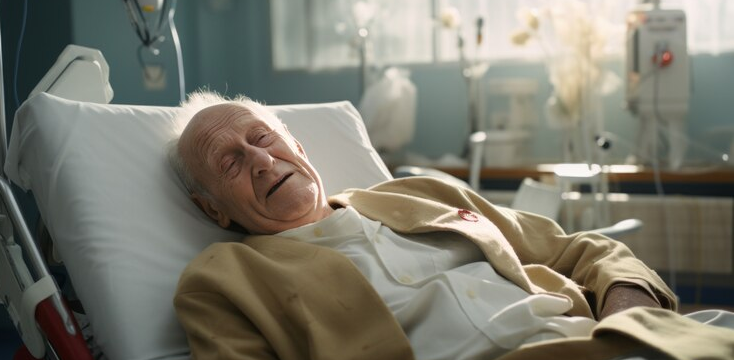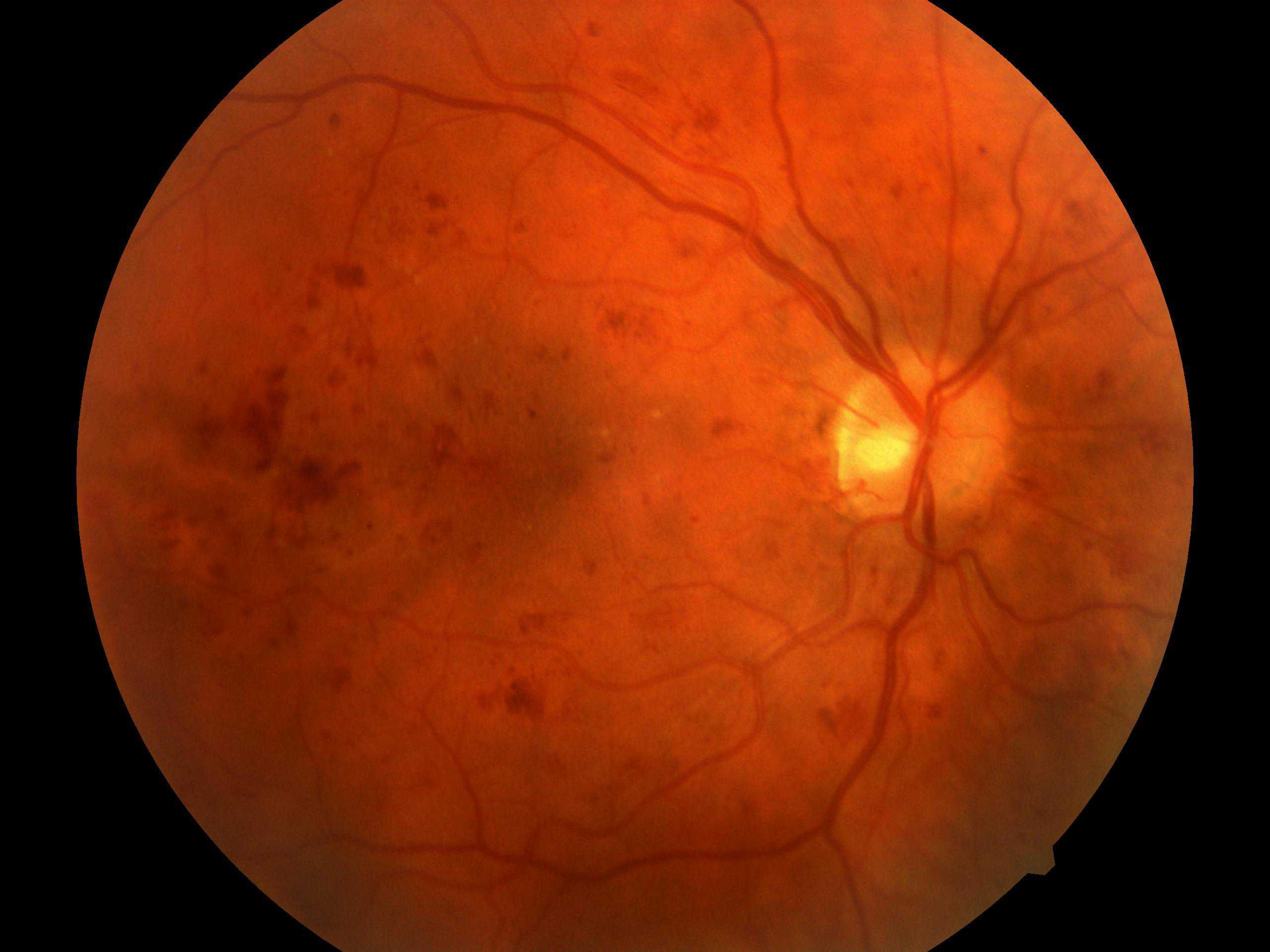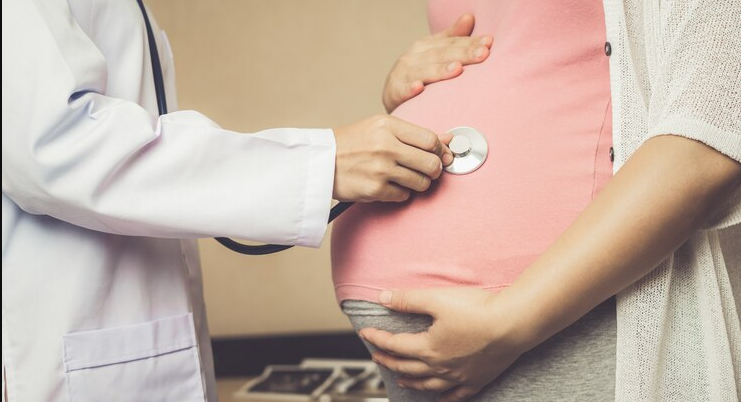Mily Spiegelhalter,Sean Scantlebury,Omar Heyward,Sharief Hendricks,Cloe Cummins,Andrew J Gardner,Matt Halkier,Shreya McLeod,Gemma Phillips,Cameron Owen,Ben Jones
Mily Spiegelhalter
Carnegie Applied Rugby Research (CARR) Centre, Carnegie School of Sport, Leeds Beckett University, United Kingdom; Leeds Rhinos Rugby League Club, United Kingdom; England Performance Unit, Rugby Football League, United Kingdom. Electronic address: E.Spiegelhalter@leedsbeckett.ac.uk.
Sean Scantlebury
Carnegie Applied Rugby Research (CARR) Centre, Carnegie School of Sport, Leeds Beckett University, United Kingdom; England Performance Unit, Rugby Football League, United Kingdom. Electronic address: https://twitter.com/SeanScants.
Omar Heyward
Carnegie Applied Rugby Research (CARR) Centre, Carnegie School of Sport, Leeds Beckett University, United Kingdom; Leeds Rhinos Rugby League Club, United Kingdom; Rugby Football Union, United Kingdom. Electronic address: https://twitter.com/Omar_Heyward.
Sharief Hendricks
Carnegie Applied Rugby Research (CARR) Centre, Carnegie School of Sport, Leeds Beckett University, United Kingdom; Division of Physiological Sciences, and Health through Physical Activity, Lifestyle and Sport Research Centre, Department of Human Biology, Faculty of Health Sciences, University of Cape Town, Cape Towb, South Africa. Electronic address: https://twitter.com/sharief_h.
Cloe Cummins
Carnegie Applied Rugby Research (CARR) Centre, Carnegie School of Sport, Leeds Beckett University, United Kingdom; School of Science and Technology, University of New England, Australia; National Rugby League, Australia. Electronic address: https://twitter.com/CloeCummins.
Andrew J Gardner
Carnegie Applied Rugby Research (CARR) Centre, Carnegie School of Sport, Leeds Beckett University, United Kingdom; Sydney School of Health Sciences, Faculty of Medicine and Health, The University of Sydney, Australia.
Matt Halkier
Carnegie Applied Rugby Research (CARR) Centre, Carnegie School of Sport, Leeds Beckett University, United Kingdom; England Performance Unit, Rugby Football League, United Kingdom. Electronic address: https://twitter.com/matt_halkier.
Shreya McLeod
School of Medicine and Public Health, College of Health, Medicine, and Wellbeing, The University of Newcastle, Australia; Discipline of Physiotherapy, School of Allied Health, Australian Catholic University, Australia. Electronic address: https://twitter.com/SMcleod_PT.
Gemma Phillips
Carnegie Applied Rugby Research (CARR) Centre, Carnegie School of Sport, Leeds Beckett University, United Kingdom; England Performance Unit, Rugby Football League, United Kingdom; Hull Kingston Rovers, United Kingdom.
Cameron Owen
Carnegie Applied Rugby Research (CARR) Centre, Carnegie School of Sport, Leeds Beckett University, United Kingdom; England Performance Unit, Rugby Football League, United Kingdom; British Swimming, United Kingdom. Electronic address: https://twitter.com/camowen94.
Ben Jones
Carnegie Applied Rugby Research (CARR) Centre, Carnegie School of Sport, Leeds Beckett University, United Kingdom; Leeds Rhinos Rugby League Club, United Kingdom; England Performance Unit, Rugby Football League, United Kingdom; Division of Physiological Sciences, and Health through Physical Activity, Lifestyle and Sport Research Centre, Department of Human Biology, Faculty of Health Sciences, University of Cape Town, Cape Towb, South Africa; School of Science and Technology, University of New England, Australia; Premiership Rugby, London, United Kingdom. Electronic address: https://twitter.com/23benjones.




